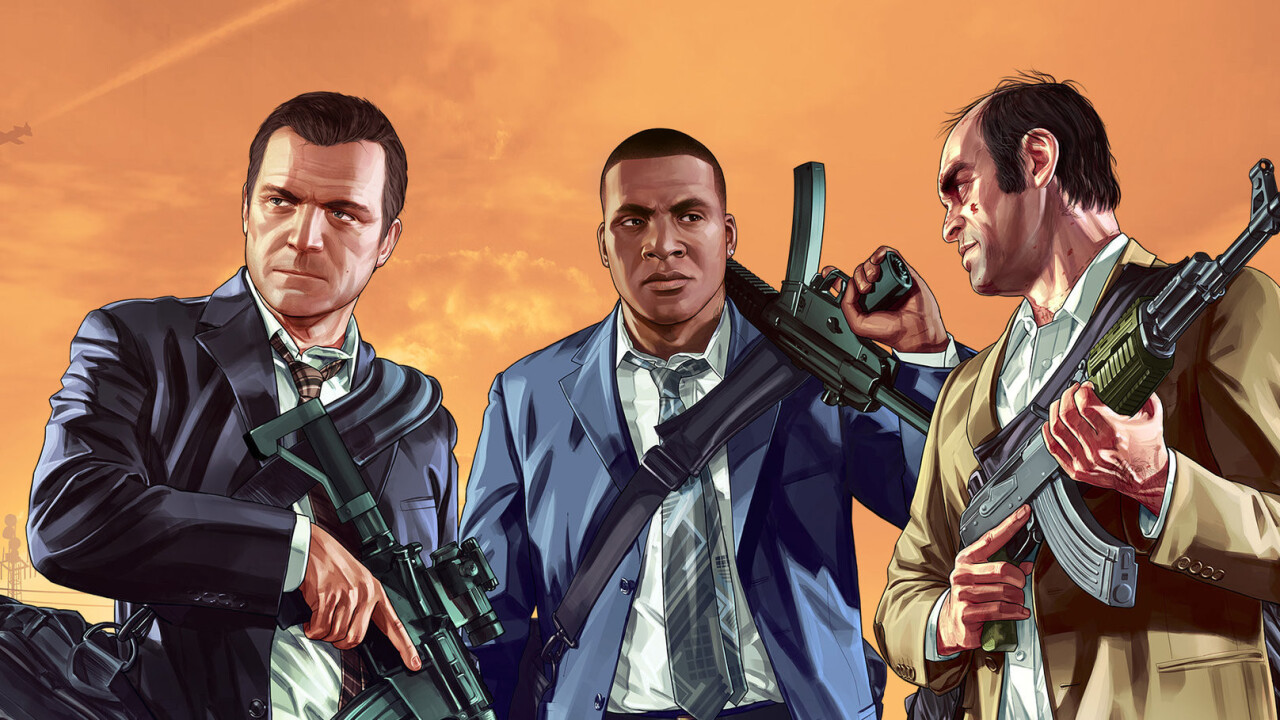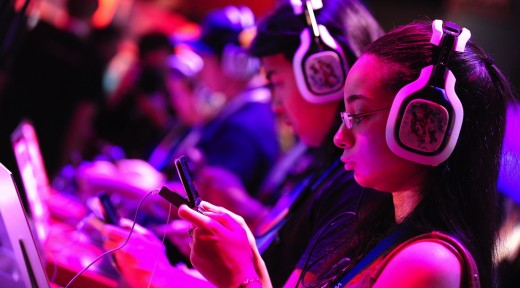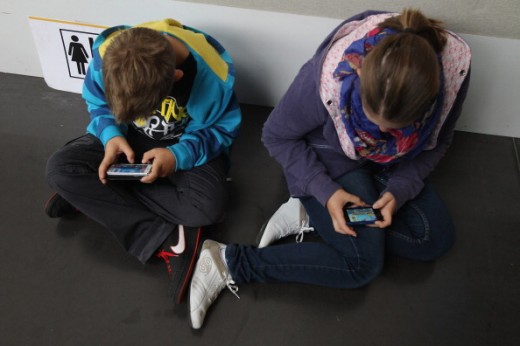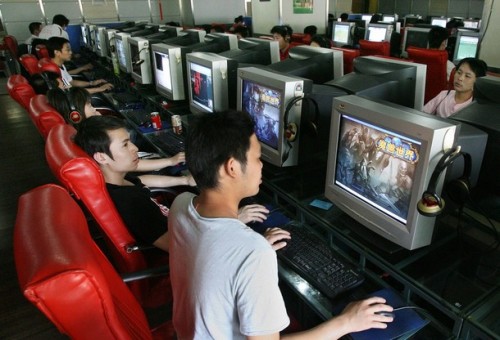
This story was written by Dana Goldstein for The Marshall Project , a nonprofit news organization that covers the U.S. criminal justice system. Sign up for their newsletter, or follow The Marshall Project on Facebook or Twitter.
Americans have long been drawn to the idea that violent movies or video games can provoke actual delinquency or serious crime. In 1963, the Stanford psychologist Albert Bandura performed an experiment in which one group of pre-schoolers watched films and cartoons of adults beating “Bobo,” a clown doll.
When kids who witnessed Bobo’s travails were later left alone with the toy, they were more likely than other children to abuse Bobo themselves. Bandura concluded that “social scripts” presented on screen guide children’s behavior in real life.
Such anxieties intensified after the Columbine High School massacre in 1999. It turned out that Eric Harris and Dylan Klebold, the students who killed 13 and wounded 24, had been devotees of “Doom,” the groundbreaking first-person shooter game first released in 1993. Since Columbine, video games have only become more graphic.
In “Grand Theft Auto,” players can beat and kill prostitutes; some players have written custom code for the game that allows them to rape other users. The best-selling game of 2014, “Call of Duty: Advanced Warfare,” encourages players to stage “stealth attacks” in which they stab characters or snap their necks.
It has long been doubtful that gaming causes crime on a mass scale. After all, gaming surged in popularity just as the violent crime rate sharply declined over the past two decades. But what if violent gaming is actually good for children — even troubled kids?
That is the contention of a new book The Game Believes in You: How Digital Play Can Make Our Kids Smarter. The author is Greg Toppo, a veteran reporter on education and a former teacher. Here Toppo talks about why even violent games can be part of healthy play.
I’m a 30-year-old woman, and few of my female friends regularly played video games as kids. I get the sense this has changed a lot. What percentage of kids today are gamers?
Some 81 percent of teens use game consoles — 90 percent of boys and 70 percent of girls. That includes really dedicated players all the way down to “Candy Crush” players. A lot of the growth in gaming across all devices has been since 2010. Mobile has really sent it through the roof.
And what percentage of these gamers are playing violent games?
The best data shows about half of kids, and 70 percent of boys, have played some of the most violent games, like “Grand Theft Auto” and “Halo.”
You cite a federal report, written by the Secret Service and Department of Education, that investigated the habits of 41 school shooters. Only five, including the Columbine shooters, were deeply interested in violent games. Yet the perception that gaming is at least partly to blame for school violence remains widespread.
What happened is that after Columbine, it became harder to get funding to study the cognitive benefits of gaming. All of a sudden, this was not something that had to be studied, it had to be controlled. It was really breathtaking. We’re just emerging from this in the past five years. But before Columbine, you could see a ton of research on things like how gaming can improve attention spans, reading comprehension, and visual acuity — really good bedrock research.
Michael Ward is an economist who has studied the growth of the gaming industry and its relationship to crime. What has he found?
There are two interesting studies. The first looked at violent crime rates around the time period when video game stores opened. He found that crime rates went down where new video game stores opened and they didn’t, by comparison, where sporting goods stores opened. The follow up compared the release of big triple-A violent games to the release of other, less violent games. It found a similar contrast. When violent games were released, crime rates went down.
If you look at Ward’s findings and the language he uses, he says, Listen, we know that the kids who would be out committing the crimes are at home playing the games. It’s almost a wink and a nod. The demographics of the gamers are the demographics of young people who commit crimes.
I get that young men disproportionately commit crimes, and also disproportionately play games. But does poverty play a role? Can poor adolescents of color who are the most likely to get arrested afford to game?
There’s not a lot of research on the economics of video game playing. But we know that “time on device” is higher for African-American and Latino kids. And there’s not much of a digital divide in terms of having gaming consoles at home or at least having access to them.
You acknowledge a body of research that competes with your own positive take on gaming. The psychologist Douglas Gentile, for example, found that players of violent games got into more arguments with teachers and more physical fights with peers.
I spent a lot of time thinking about this, because I didn’t want to ignore those absolutely serious aggression studies. I think it’s real.
Yet you argue that violent games can actually be “an affordable and efficient diagnostic tool” for parents and therapists working with troubled kids.
I talked to a psychologist from Connecticut, Eric Schleifer, who specializes in adolescent boys. He wants to know right off the bat about their media habits. Do you watch scary movies? Do you play violent games? If you have a kid who’s always pushing to play the most violent game or watch the bloodiest movie, that could be a sign that there’s some fear in his life over bigger issues.
So do you believe it could actually be good for this fearful boy to play violent games?
Absolutely, for a number of reasons. Violent entertainment helps kids process the big fears they have. That predates video games by a century or more. What’s Superman but this weird manifestation of this fear we have that the world is going to end?
You write about how the most primal and timeless children’s games, like tag, embody imitations of violence and death. But that type of imaginary play, or Superman for that matter, are radically different from the graphic violence depicted in some of today’s games.
The graphic quality is what really stops people cold. I have a couple of thoughts. Number one, it’s important to understand that kids these days are growing up steeped in imagery. Movies have been graphic for generations. It’s important to not single out video games.
In the case of a video game, there’s almost a necessity to be explicit, to show where the bullet hit. They can’t be misty about where the wounds are. I will say, as a parent, I do think twice about that, and I do have a little squeamishness about it. I played a lot of these games, and they can be pretty intense. For parents, their taste and their standards need to come first. I would never deny a parent’s right to take the disk and throw it in the trash. That said, there’s more going on than we think.
What do you mean? Why is it necessary for players to see gunshot wounds?
It’s an indicator of progress within the world of the game. Your task is to get through this level, and these characters are in your way, so you’ve got to kill them and get past them. The more specific the feedback, the better.
You write that this process helps a kid learn from mistakes and overcome challenges.
Yes. It’s a hard thing to get our minds around, but what looks like killing isn’t. It’s different. A first-person shooter game, the games we’re really concerned with, are essentially hunting games. The player signs this weird contract that says, O.K. hunt me. I consent to be hunted. That’s really what’s happening.
They want to be challenged. They want to be part of something really big and scary and hard. A lot of these games now, you’re playing with and against your friends. So it’s team hunting. It’s the digital equivalent of being on a rugby or football team. It’s paintball without the welts.
I was fascinated by the ADHD treatment game you describe in the book, in which sensors attached to the player’s head allow him to move objects on the screen by focusing his mind. The goal is to throw massive trucks in order to crush other objects. In a way, that game is violent, too. It seems to tap into the adolescent drive for destruction.
Absolutely. The developer of that game, Lat Ware, is so funny and so genuine. His first version was single-player. You’re throwing things at computer characters. But what he found was that people wanted to crush their friends.
Even if violent games don’t cause real violence, they might have other harmful effects. Anita Sarkeesian is one of many critics concerned about the retrograde depictions of women in these games, as victims or sex objects.
I agree 85 percent with Anita. She makes a good point that if you’re going to spend so much time with these games, can we please have more generous representations of women? I do struggle with whether boys who play these games and have no other context are coming away with stupid ideas about girls. But I want to give enough credit to players that they understand this stuff on a deeper level than we think they do. Games are a fantasy and have always been a fantasy. They’re not the real world.
You have two daughters.
My kids don’t play much in the way of games! They are both much more into music and dance and the arts. They indulge me. But I don’t force them to game.
Read Next: Saving the game: Why preserving video games is illegal
Image credit: Rockstar Games
Get the TNW newsletter
Get the most important tech news in your inbox each week.










